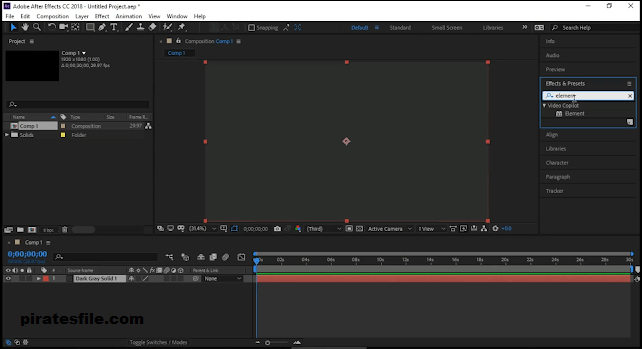

What I'm going to do is I'm going to I'll click the stopwatch that's option, click on a Mac, and that's going to open this expression for the position. If you're not an expressions person, don't worry. Sara Wade (01:55): I don't want to do this manually because it's simply going to take more time than I want to spend. If I hit the Peaky, you'll see that my position has 1, 2, 3 values. So I could duplicate this layer and change the Z position. What I want to do is make copies of this layer that are at a slightly different position in Z space. Now I don't want to actually rotate this layer just yet. Now it doesn't look any different right away, but if I hit the R it opens up all these rotations and then I can see if I rotate it in the Y. I'm going to position that let's put it just in the middle for now, and I'm going to just make this a 3d layer.

Sara Wade (01:06): The first way we're going to make 3d texts is we're just going to take a plain old text layer.

After you're done, watching details are in the description. Also, you can download the project files I'm using in this video to follow along or to practice this technique. And finally, we're going to take a look at how to do this in cinema 4d light, which is included with after effects. Next, we're going to take a look at how we can use the built in extrude portions of the text tool. First, we're going to look at stacking 3d layers in space. I can show you three ways to make 3d texts using only the tools available inside of after effects. 3d text looks really cool and MoGraph, but it can be time-consuming to learn and render 3d with the big complex 3d applications. Sara Wade (00:14): Hi, I'm Sara Wade, freelance motion designer and teaching assistant for school of motion. Sara Wade (00:00): Today, I'm going to teach you three ways to make 3d texts using only the tools available with after effects. Learn the basics of the world's most popular motion design software, and get the skills you need to stand out from the crowd!


 0 kommentar(er)
0 kommentar(er)
